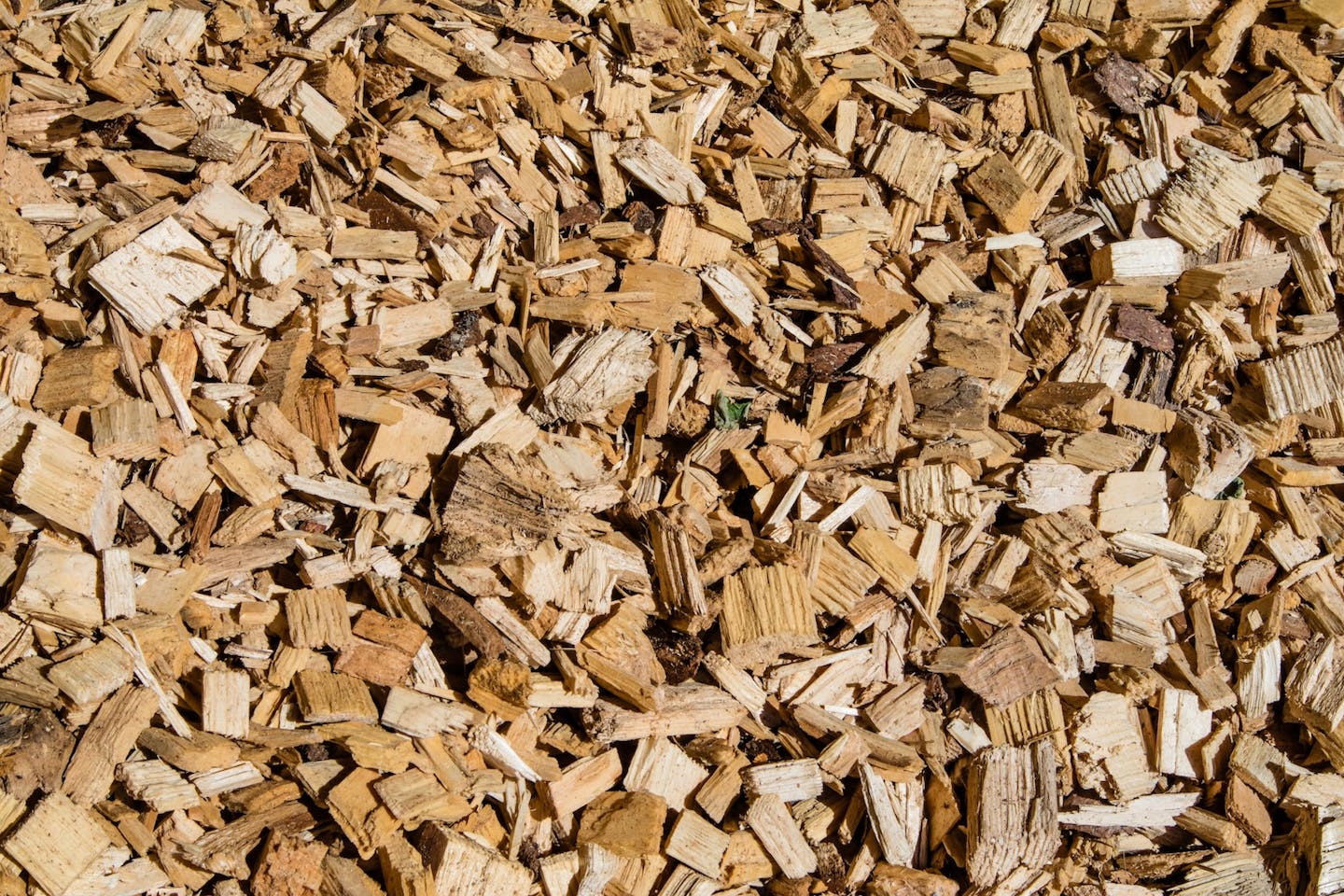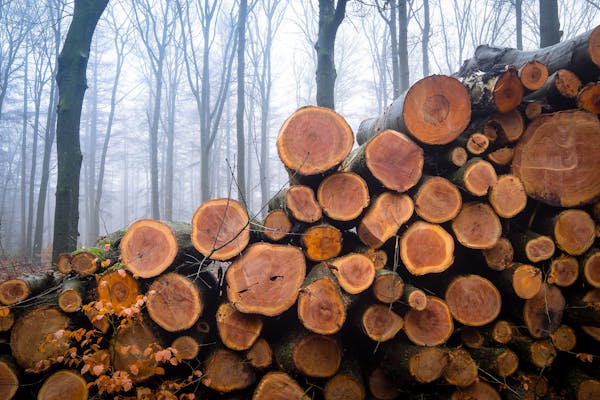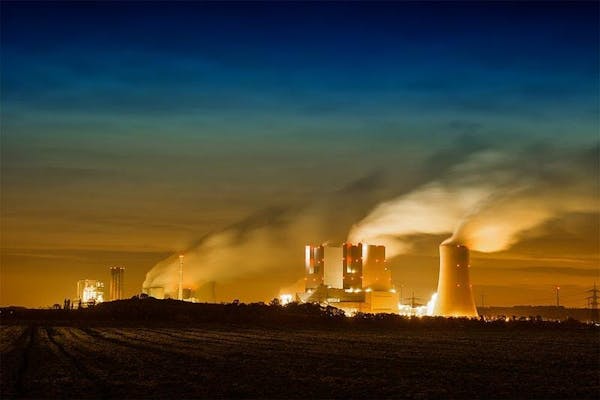We can’t burn our way out of the climate crisis
Burning trees in power plants is a vision from Mordor, not one of clean energy, but electricity generation from wood and other biomass is growing around the world, spurred on by billions in renewable energy subsidies.
Policymakers subsidize bioenergy based in part on the myth that biomass energy has low or zero carbon emissions – even though in reality, wood-burning power plants emit more CO2 than coal plants per unit energy. The treatment of bioenergy as “carbon neutral” extends to carbon trading schemes, providing an incentive for coal plants to convert to burning wood.
Bioenergy advocates often claim that CO2 pollution from wood-burning power plants doesn’t harm the climate, because biomass is sourced from “forestry residues” (tree tops and branches left over after the tree trunk is taken away for sawtimber or pulp). Since these residues would decompose and emit CO2 anyway, they argue, burning them for energy does not increase CO2 in the atmosphere.
There are two big problems with this argument. First, new wood-burning power plants being built in the EU, UK, and even Asia burn wood pellets that are largely made from whole trees, not residues. Tens of thousands of acres of forest in the U.S. and Canada, including bottomland hardwood forests that represent some of the most carbon-rich ecosystems in North America, are being cut for pellet manufacture, replacing the forest’s natural climate and carbon control infrastructure with mud flats.
Second, even when biomass is derived from forestry residues, it still has a carbon impact, because burning wood emits CO2 quickly, and letting it decompose emits CO2 slowly.
Which brings us to the trick for determining just how wrong that assumption of “zero” emissions is: To calculate the net additional CO2 pollution from biomass power plants burning residues, subtract the decomposition emissions that would have occurred anyway from the combustion emissions of the power plant.
For example, say you have a power plant that burns one ton of newly harvested forestry residues per year for 10 years, emitting a total of 10 tons of CO2 over that time. If the wood had stayed on the forest floor, cumulative emissions from decomposition over the 10 years would be, perhaps, 3 tons, depending on local conditions. That means the power plant increased CO2 emissions by 7 tons (10 minus 3) and that 70% of the direct emissions (the 7 additional tons divided by the 10 total tons) is the “net emissions impact” at year 10.
Climate scientists say we must reduce net emissions to zero as soon as possible to avoid catastrophic climate change. This simple calculation shows that even under this best case scenario – where we assume biomass power plants only burn “forestry residues that would have decomposed anyway” – net CO2 emissions are far greater than “zero” as they are treated in renewable energy and carbon trading programs.
Considering the financial costs - like the $1.2 billion that the UK spent on subsidies for bioenergy in 2015, the year they cut subsidies for wind energy – only highlights the real impact of the “carbon neutral bioenergy” scam.
This post is based on a peer-reviewed article in Environmental Research Letters, which contains more information and references.
Note: Bioenergy proponents often claim that leaving residues in the woods to decompose is a significant source of methane, a potent GHG gas, thus burning residues produces a climate benefit. This is false. Wood left after logging rarely becomes oxygen-starved, which is a requirement for the microbes that produce methane.





